What is a Crankshaft?

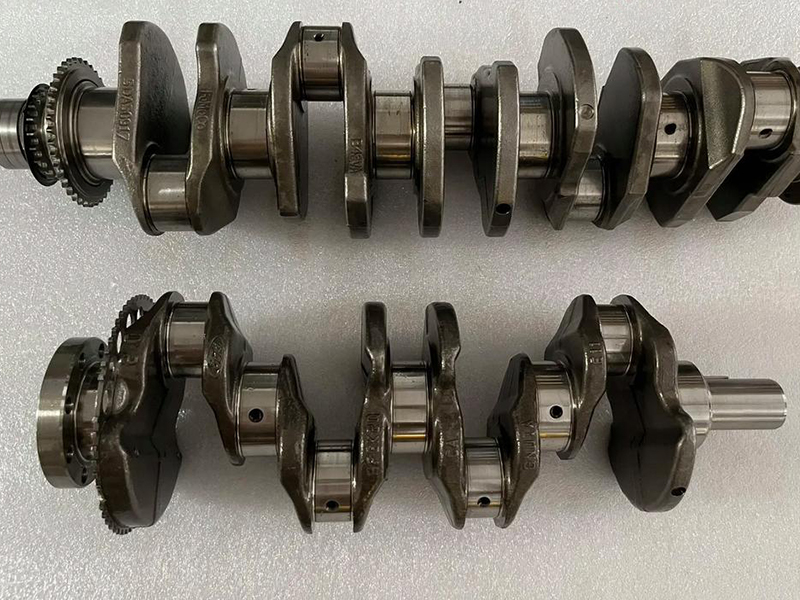
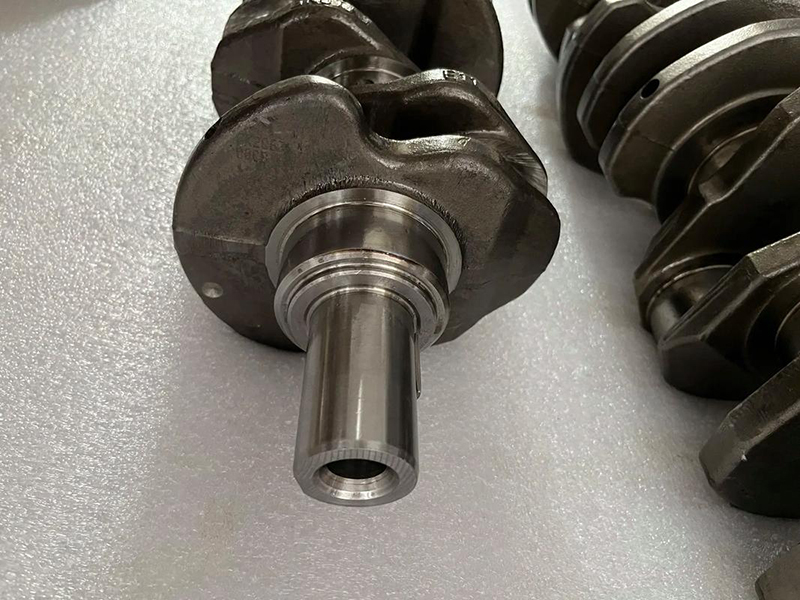
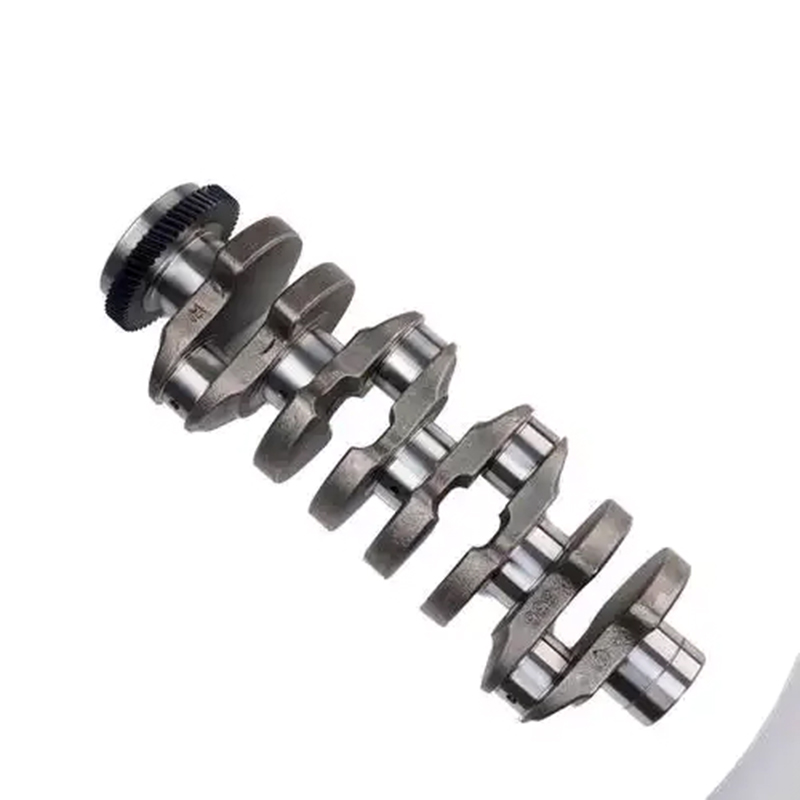
| Product name: | What is a Crankshaft? |
| Keywords: | Crankshaft Applications, Crankshaft Forging |
| Industry: | Transportation - Automobile manufacturing industry |
| Process: | Forging - Die forging |
| Material: | Alloy steel |
Processing manufacturer
- There are 52 manufacturers that provide similar products
- There are 140 manufacturers that provide this processing technology
- There are 116 manufacturers that provide this material processing service
- There are 181 manufacturers that provide this industry processing service
Product details
The crankshaft is one of the core components of an engine, primarily used to convert the linear reciprocating motion of the piston into rotational motion, thereby outputting power. It is typically forged from high-strength alloy steel and structurally includes main journals, connecting rod journals (crankpins), crank arms, and counterweights. The main journals are mounted on the engine block, providing support; the connecting rod journals connect to the connecting rods, converting the up-and-down motion of the piston into the rotation of the crankshaft.
The crankshaft is subjected to huge alternating loads and friction during engine operation, so it requires precision machining and strengthening treatment to ensure its strength and durability. To improve operational smoothness, the crankshaft is usually equipped with counterweights to reduce vibration.
In addition, the crankshafts of modern high-performance engines may also adopt lightweight designs, such as hollow journals or weight-reducing holes, to improve speed response.
Crankshaft Applications:
Crankshafts are not only used in automobile engines, but also widely used in mechanical systems such as ships, generators, and compressors, and are key components for power transmission. Its design and manufacturing level directly affect the efficiency, reliability, and lifespan of the engine, so it is regarded as an important research object in the field of mechanical engineering.
The crankshaft is subjected to huge alternating loads and friction during engine operation, so it requires precision machining and strengthening treatment to ensure its strength and durability. To improve operational smoothness, the crankshaft is usually equipped with counterweights to reduce vibration.
In addition, the crankshafts of modern high-performance engines may also adopt lightweight designs, such as hollow journals or weight-reducing holes, to improve speed response.
Crankshaft Applications:
Crankshafts are not only used in automobile engines, but also widely used in mechanical systems such as ships, generators, and compressors, and are key components for power transmission. Its design and manufacturing level directly affect the efficiency, reliability, and lifespan of the engine, so it is regarded as an important research object in the field of mechanical engineering.
Previous article : Stainless Steel Round Duct
Next article : How much does it cost to replace a crankshaft?
Similar products
More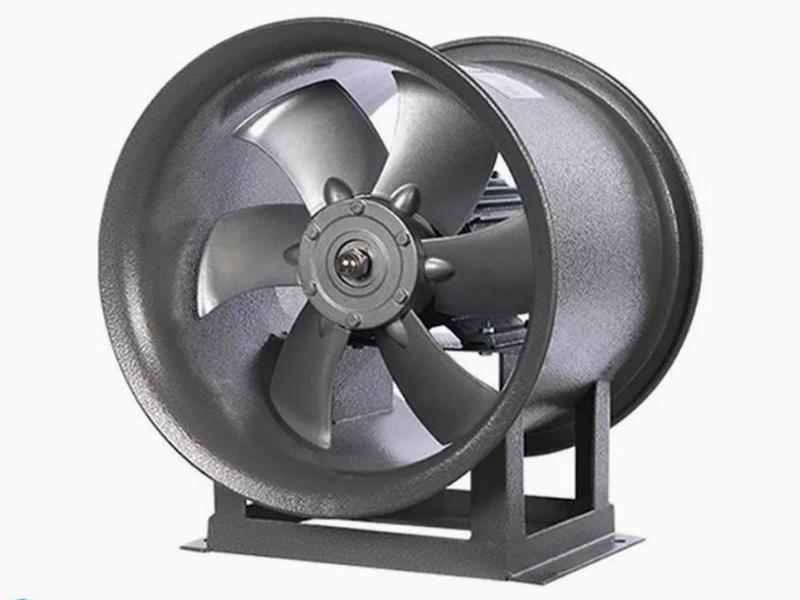
What are the machining processes used for processing axial fan housings
- Process : Sheet metal - Welding
- Material : Carbon steel
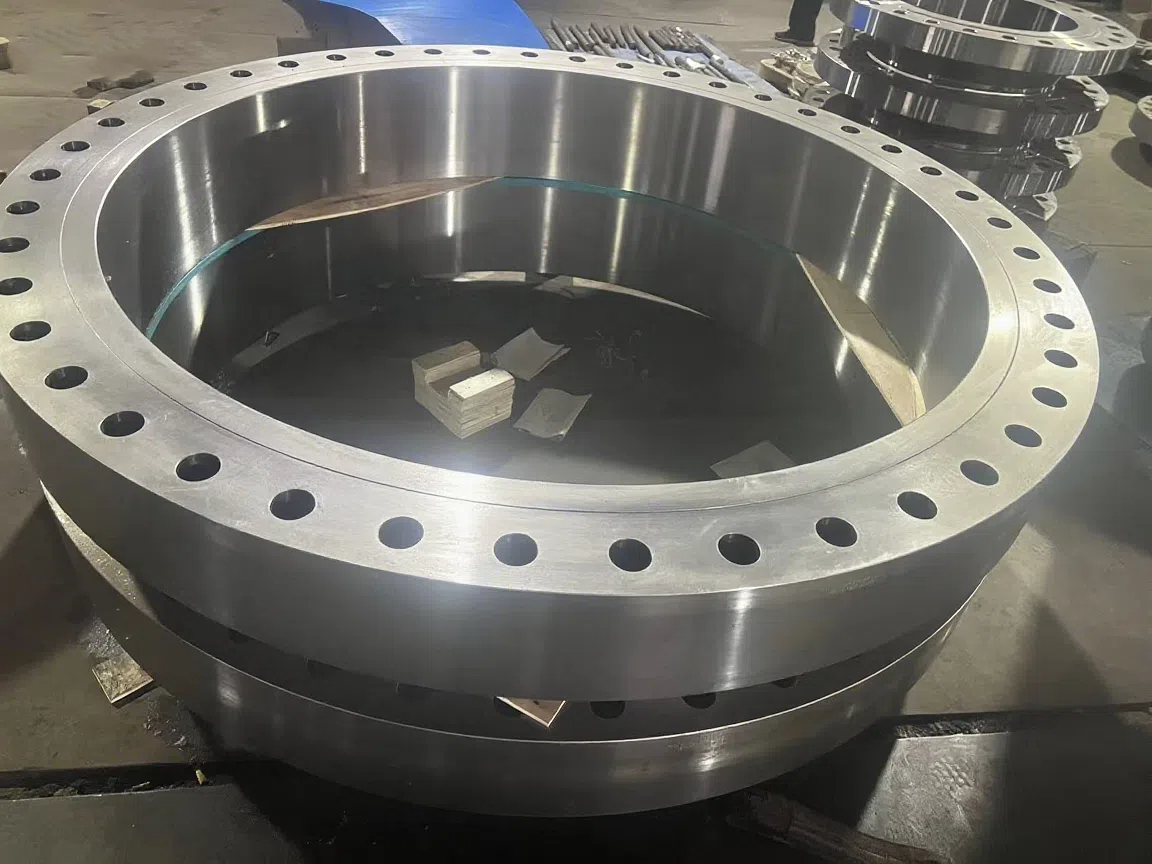
Heavy-Walled Flange Milling-Turning Machining and Flaw Detection
- Process : Machining - Turning Milling compound
- Material : Alloy steel
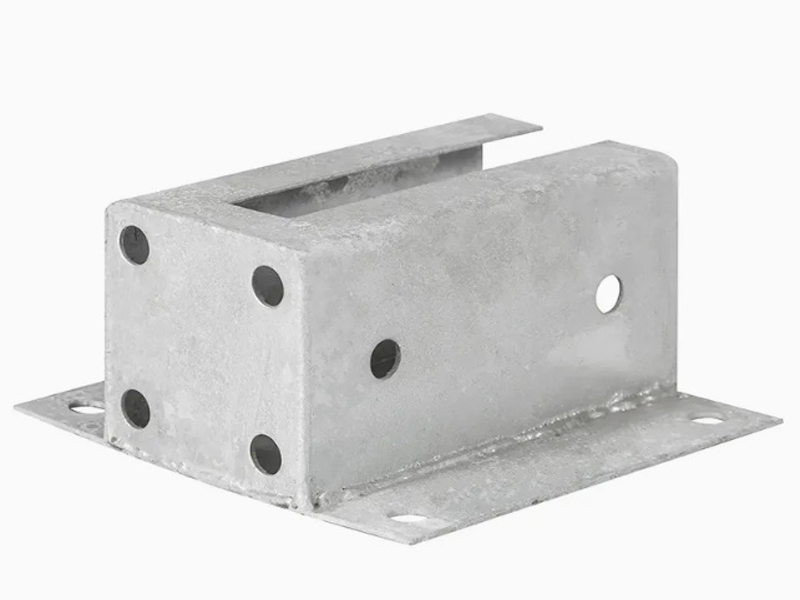
Machining Process Analysis of Carbon Steel Fixed Anchor Plates
- Process : Machining - CNC milling or milling machining
- Material : Carbon steel
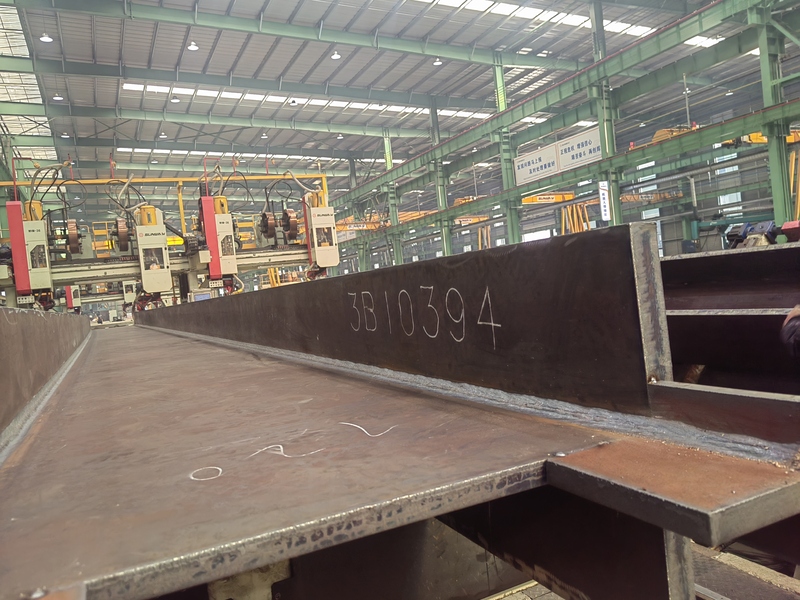
Custom Fabrication of S355JR Welded H-Beams for Construction Projects
- Process : Sheet metal - Welding
- Material : Carbon steel
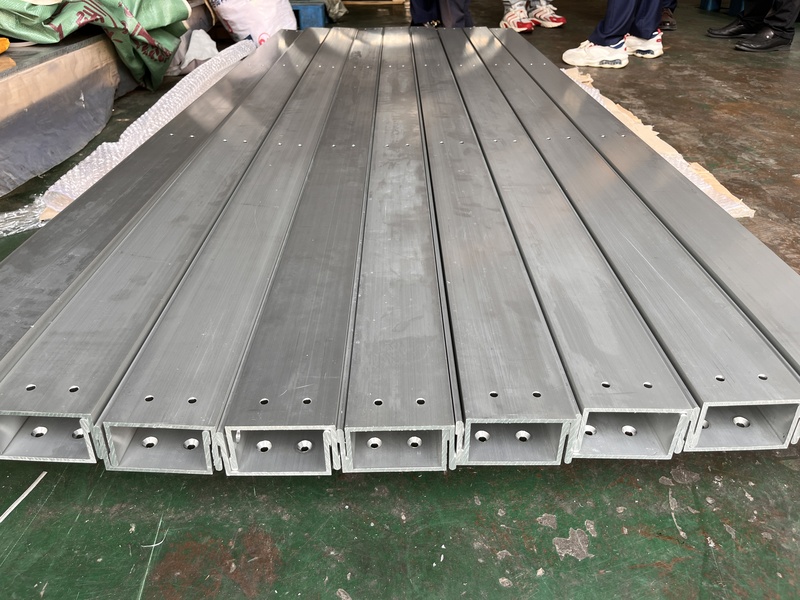
Precision Machining of U-Steel Profiles for Building Applications
- Process : Stamping - General stamping
- Material : Aluminum
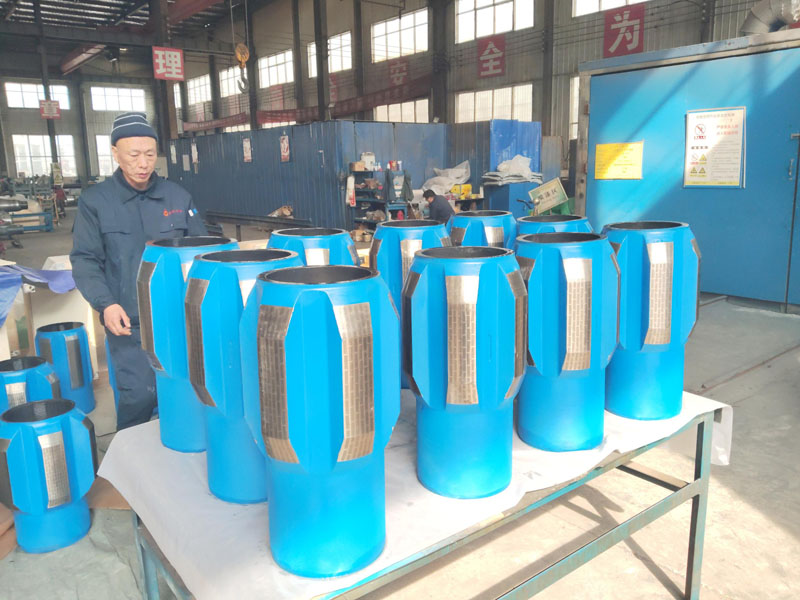
Drill Stabilizers Applied in Oil Drilling Platforms
- Process : Machining - Five-axis machining
- Material : Alloy steel
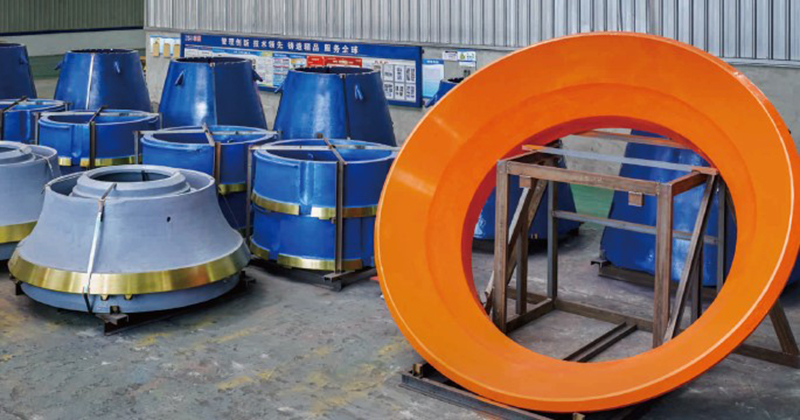
Cone Crusher Mantle
- Process : -
- Material :
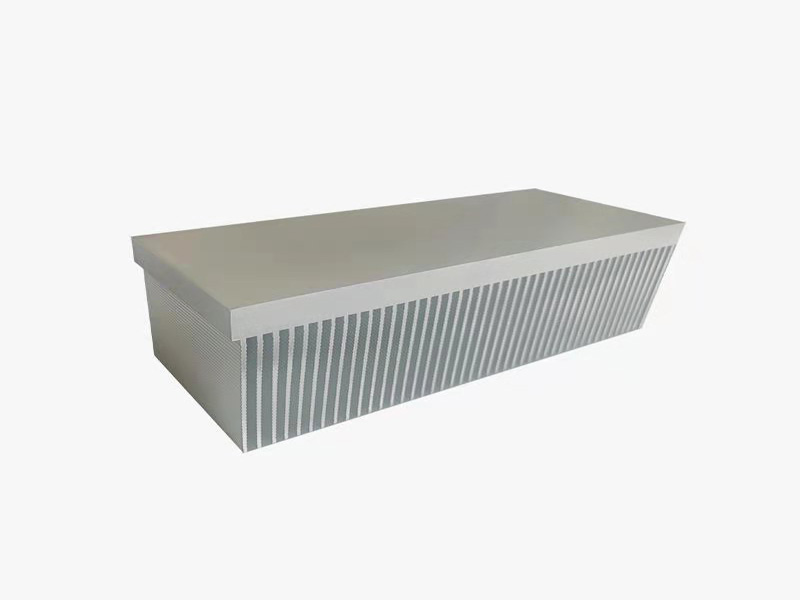
Innovative skiving technology: Breaking through the bottleneck of high-density heat dissipation technology
- Process : Surface treatment - Others
- Material : Alloy steel
More products
More
What are the machining processes used for processing axial fan housings
- Process : Sheet metal - Welding
- Material : Carbon steel

Heavy-Walled Flange Milling-Turning Machining and Flaw Detection
- Process : Machining - Turning Milling compound
- Material : Alloy steel

Machining Process Analysis of Carbon Steel Fixed Anchor Plates
- Process : Machining - CNC milling or milling machining
- Material : Carbon steel

Custom Fabrication of S355JR Welded H-Beams for Construction Projects
- Process : Sheet metal - Welding
- Material : Carbon steel

Precision Machining of U-Steel Profiles for Building Applications
- Process : Stamping - General stamping
- Material : Aluminum

Drill Stabilizers Applied in Oil Drilling Platforms
- Process : Machining - Five-axis machining
- Material : Alloy steel

Cone Crusher Mantle
- Process : -
- Material :

Innovative skiving technology: Breaking through the bottleneck of high-density heat dissipation technology
- Process : Surface treatment - Others
- Material : Alloy steel